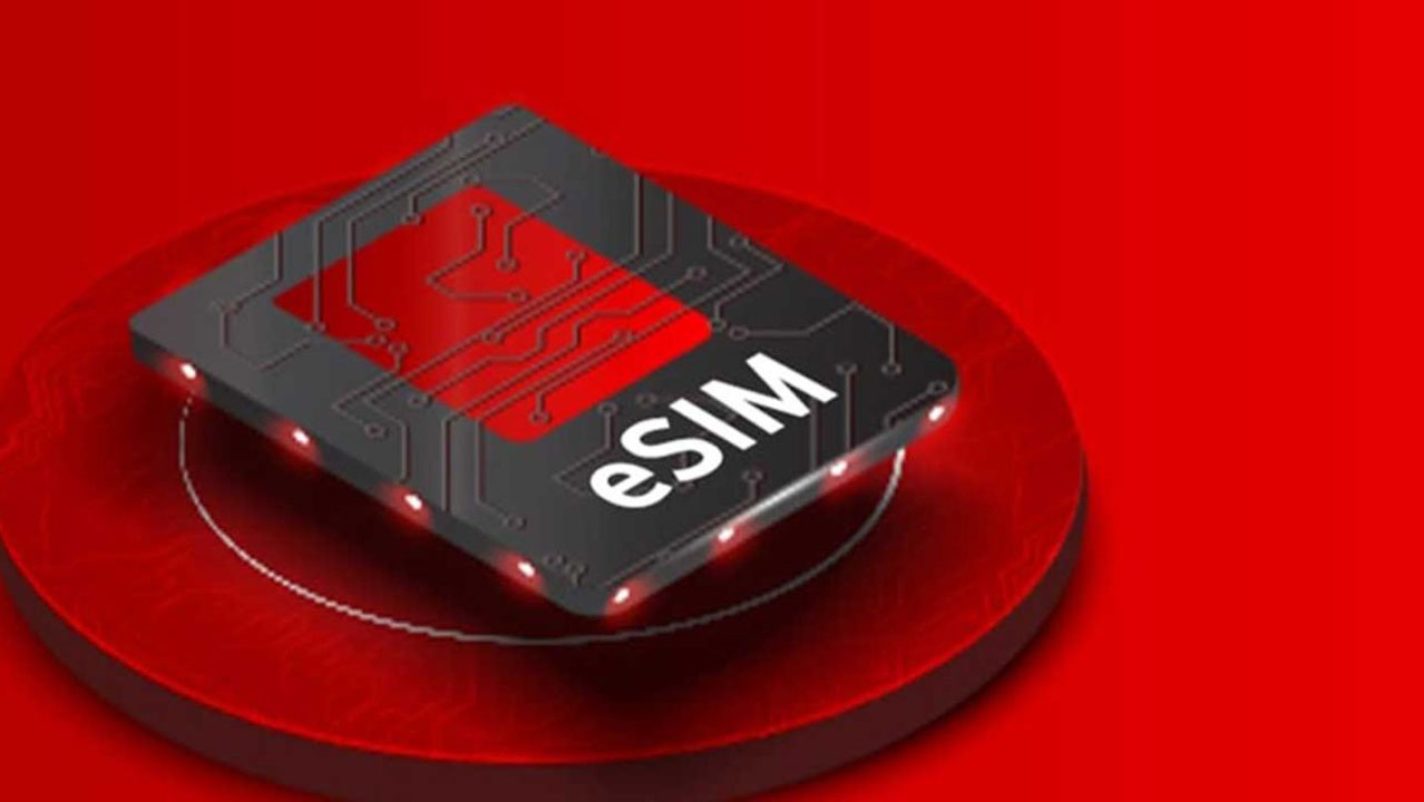One of the primary reasons for the slow adoption of eSIM technology in Nigeria is the infrastructure challenges facing the country.
Nigeria, like many other developing nations, still grapples with inadequate telecommunications infrastructure, particularly in rural areas. While eSIM technology promises greater convenience and flexibility for users, its implementation requires robust network coverage and reliable connectivity.
However, many regions in Nigeria lack sufficient network infrastructure, hindering the widespread adoption of eSIMs. Without reliable network coverage, users may experience disruptions in service, making them reluctant to embrace eSIM technology.
Moreover, the deployment of eSIMs necessitates collaboration between mobile network operators (MNOs) and device manufacturers to ensure compatibility and seamless integration. In Nigeria, where the telecommunications market is highly competitive and fragmented, achieving such cooperation can be challenging. MNOs may be reluctant to invest in eSIM infrastructure due to concerns about profitability and return on investment. Additionally, device manufacturers may prioritize markets with higher eSIM adoption rates, further delaying the introduction of eSIM-enabled devices in Nigeria.
Regulatory Hurdles
Another significant factor impeding the adoption of eSIM technology in Nigeria is the regulatory landscape. The Nigerian telecommunications sector is subject to strict regulatory oversight by government agencies such as the Nigerian Communications Commission (NCC). While regulatory measures are intended to promote fair competition and protect consumer interests, they can also create barriers to innovation and market entry.
In the case of eSIMs, regulatory hurdles may arise from concerns about security, interoperability, and consumer protection. Government agencies may impose stringent requirements on MNOs and device manufacturers regarding the deployment and operation of eSIM technology. Compliance with these regulations can be time-consuming and costly, deterring stakeholders from investing in eSIM infrastructure and services.
Furthermore, regulatory uncertainty may discourage investment in eSIM technology, as companies may be unsure about the long-term viability of their initiatives. Without clear guidelines and frameworks governing the use of eSIMs, businesses may hesitate to commit resources to their development and implementation.
As a result, Nigeria’s regulatory environment may act as a deterrent to eSIM adoption, delaying its proliferation in the country.
Consumer Awareness and Education
A lack of consumer awareness and education represents another barrier to the widespread adoption of eSIM technology in Nigeria. Many consumers may be unfamiliar with the benefits and capabilities of eSIMs, viewing them as unnecessary or complex. Moreover, misconceptions and misinformation about eSIMs may contribute to apprehension and reluctance among potential users.
To overcome this challenge, stakeholders must engage in comprehensive educational initiatives to inform consumers about the advantages of eSIM technology. This includes highlighting features such as remote provisioning, multi-device connectivity, and enhanced security. By raising awareness and addressing common misconceptions, businesses can help dispel doubts and build confidence in eSIMs among Nigerian consumers.
Additionally, efforts to promote eSIM adoption should focus on enhancing digital literacy and accessibility. This involves providing clear and accessible information about eSIMs through various channels, including online resources, mobile apps, and customer support services. By empowering consumers with knowledge and resources, businesses can encourage greater acceptance and uptake of eSIM technology in Nigeria.
In conclusion, the slow adoption of eSIM technology in Nigeria can be attributed to infrastructure challenges, regulatory hurdles, and a lack of consumer awareness and education. Addressing these barriers will require collaboration between industry stakeholders, government agencies, and consumer advocacy groups to promote investment, develop appropriate regulations, and educate the public about the benefits of eSIMs. By overcoming these challenges, Nigeria can unlock the full potential of eSIM technology and pave the way for a more connected and digitally-enabled future.





